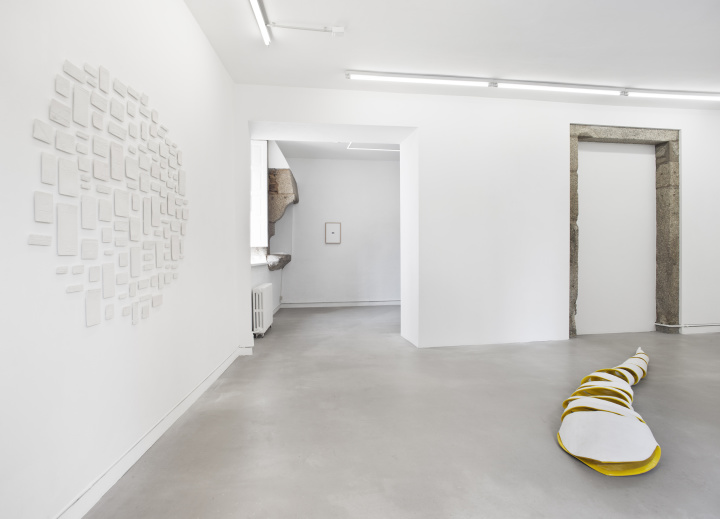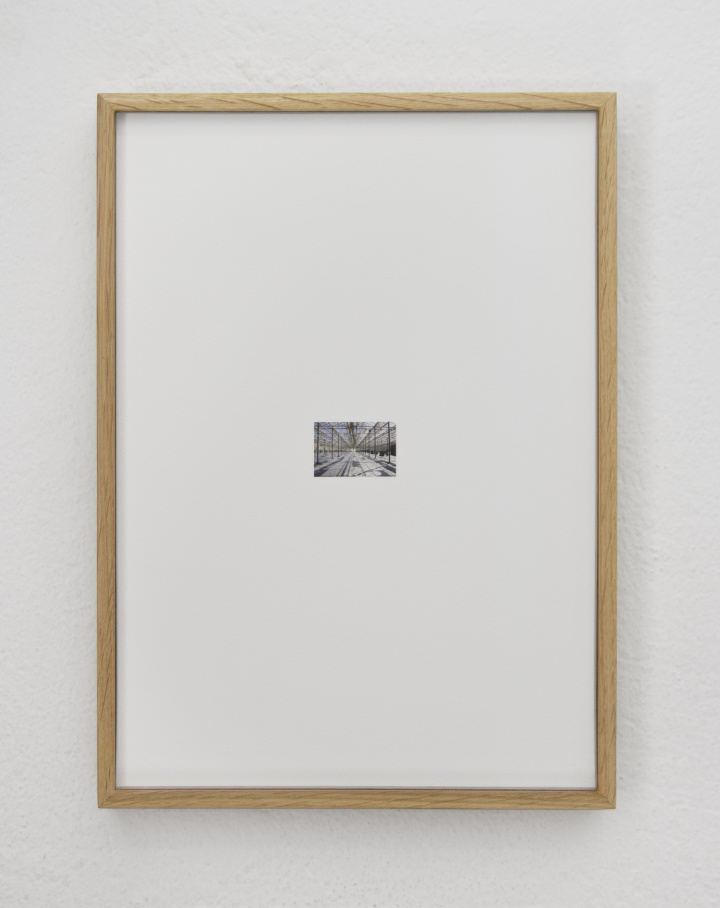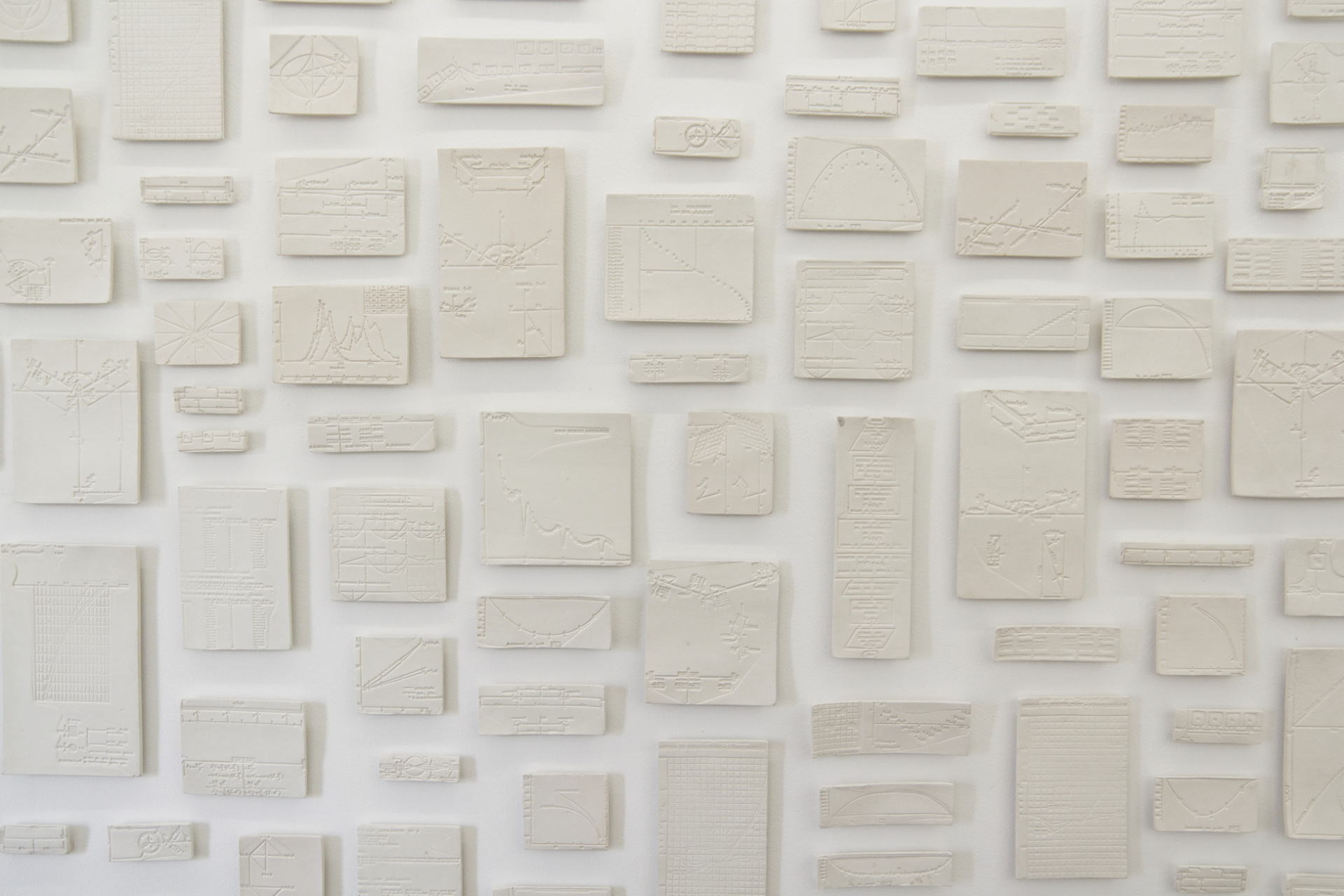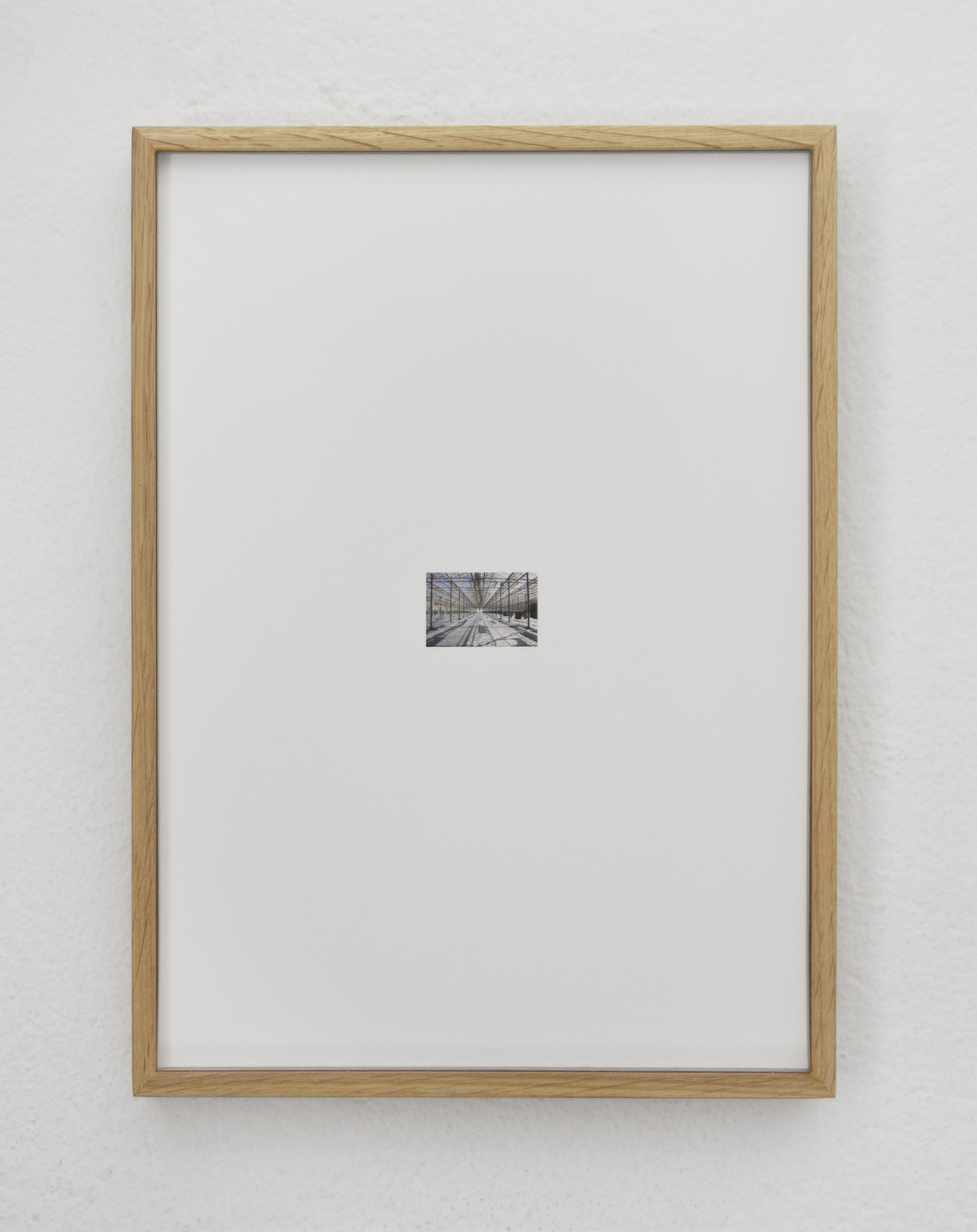Amanhar Dalila Gonçalves From September 17 to October 30 Santiago
Amanhar
The anatomy of a crime
“Govern a great country as you would cook a small fish.”
Tao Te Ching
The violence innate to the sculptor permeates all the works in this exhibition. Not a messy violence, but the opposite of that. What we see is a meticulous decanting of the twisting lines that convey the meanings of the Portuguese verb “amanhar”[1].
The meticulous violence of composition. “Amanhar”. To compose.
“Amanhar” can be used for soil and fish.
If, in these works of art, there are any passages between elements – the evocation of water and soil – they arise from the webs of meaning opened by the neighboring pieces. The aquatic milieu of fish is internally embodied in its own scale, the terrestrial milieu appears in the greenhouse structure that refers to the cycles of labor of the human hand – agricultural, cultural.
Removing gestures and animals from their contexts and placing them together, in dialogue, revealing the signifying bits of our language that we forget each time we vocalize them. It is here then, that meaning comes together again and spreads radially to the points that it touches: “amanhar” can be said of soil and fish and here we have a great modular ceramic work, simultaneously whole and in pieces.
These are exostructures. The insides and guts were eviscerated, scrubbed. The content is free of load or filling. This is violence at work here. Why dissect? – we enquire. In the case of Dalila Gonçalves, to dissect is a poetic mission. A poetics of gutting and harrowing, meticulously, until a method is revealed. What method? That of circling objects that connect to each other in the most obscure of terms because they are quotidian and embedded in language. The connection is intuited from the start, operating on the objects contextualized here, on the matter and on the encounters of those who are used to walk on foot, because the vocation of intuition is pedestrian. After one finds the objects and the beginnings of the work, the connection is studied because it evolves quickly into a radial web of meaning. In the end, what is important is to flesh out literature and arrive at the literal, because the literal glows and makes us sit at the root of words.
There are two more examples in the line of these fleshed-out exostructures. On one of the walls of the gallery we can see a set of porcelain bas-reliefs with prints of diagrammatic drawings, formulas, calculations of forces and movements, made from the plates used to print the work of mine engineers. One of the prints reads “equilíbrio de nós” [equilibrium of nodes] – a field of structure and civil engineering, a “system of nodes” is usually used in bridge engineering. It is important to note that the Portuguese word “nós” can be used a pronoun (we, first person plural) or as a noun (meaning the plural of node or knot).
This set reminds us of the aerial view of a territory where gryphs have been inscribed on the soil. The diagrammatic character of the drawings throws us into a kind of inquiring contemplation because we intuit that they are a language that escapes our immediate deciphering.
From the diagram we move to the map, typified in the photograph that shows a snail on a basketball whose use and wear make it look like a terrestrial globe. Once again, the artist uses a bird’s eye perspective as a device to bring out a peculiar relationship with the “structure”. The snail is seen circumnavigating the ball. There is a double unfolding of the idea of a map understood as a planar exostructure. In the basketball, we can see the characteristic lines of a basketball court – a poetics of surfaces – a play between the two-dimensional map of the field and the spherical map of the globe. The snail stands for the principle of the adherence of a body to a surface, carrying “a world” that is, once more, an exostructure, a spiral home it inhabits: contracting, turning, stretching. The snail’s soft body becomes an organic bridge, the nexus between two worlds existing in the inside-out of each other.
Francisca Carvalho
Lisbon, 5th of September 2020
[1] Translator’s note: “Amanhar” can be used to describe de actions of gutting and cleaning a fish, but also the set of actions necessary to cultivate the land (ploughing, harrowing, or hoeing) and prepare for seed.















